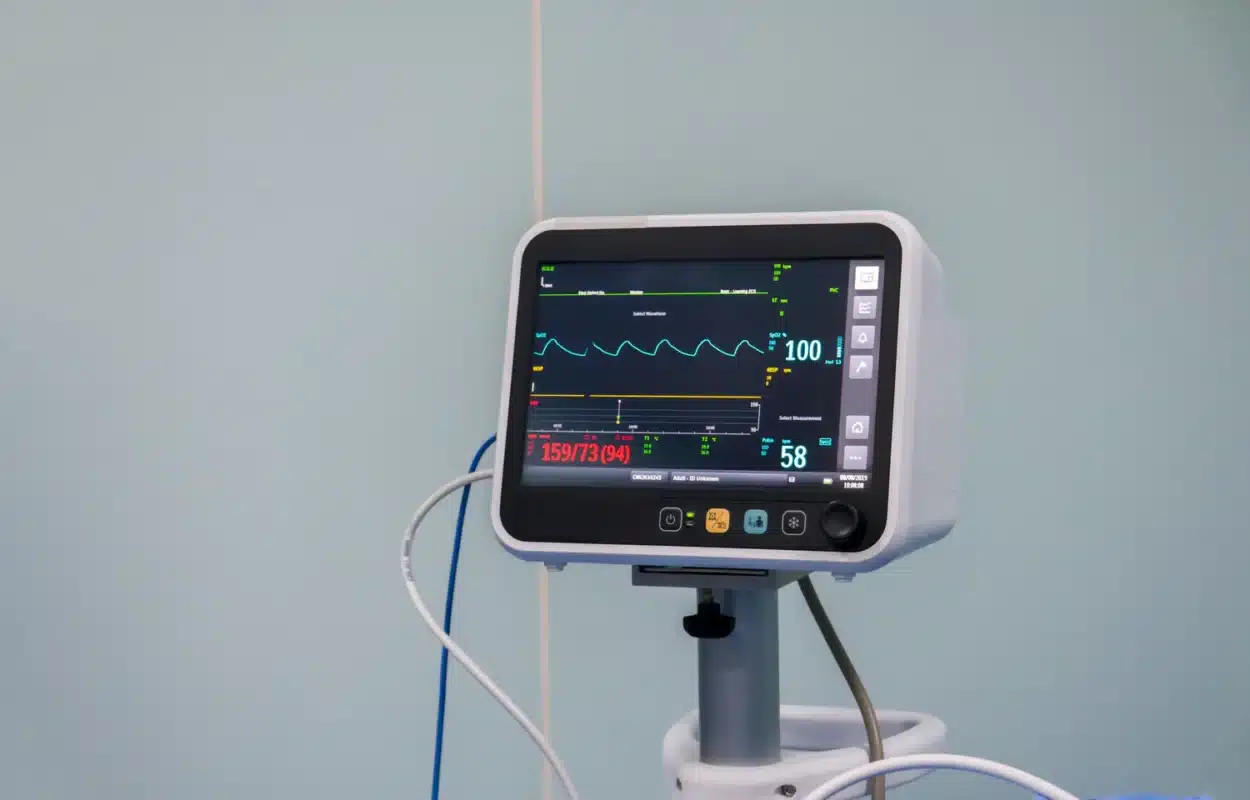No products in the cart.
AED's
How to Choose the Right Refurbished EKG
Electrocardiograms (EKGs or ECGs) are essential in monitoring heart health, both clinically and in emergencies. Unfortunately, buying new EKG machines may be prohibitively costly for healthcare providers – this is why refurbished EKGs exist; selecting one requires careful consideration of various factors including quality, functionality, and warranty before making an informed choice. This article will guide you through these essential steps for making an informed decision.
Refurbished EKG Machines

Refurbished EKG machines are pre-owned devices that have been restored to meet manufacturer specifications through refurbishment processes typically include cleaning, repairing, and testing to ensure proper functionality. Opting for one can offer considerable cost savings while still offering reliable monitoring of heart activity.
Benefits of Selecting Refurbished EKGs
Cost-Effectiveness:
Refurbished EKGs can save healthcare providers up to 50 % compared to new models, freeing funds up for other key areas within a facility.
Warranty
Reputable sellers typically provide warranties and guarantees to ensure the refurbished equipment has been carefully examined and repaired before being sold back into circulation.
Sustainable:
Opting to purchase used equipment is eco-friendly, reducing waste while prolonging their useful life span.
Access to Advanced Technologies:
Refurbished models may provide features otherwise unaffordable to smaller facilities and enable them to take advantage of cutting-edge diagnostic tools.
Factors to Keep in Mind when Selecting an Internet Provider
Reputation of Seller
When shopping for a pre-owned EKG, your seller’s reputation should always come first. Look for vendors with expertise in medical equipment who boast impressive track records – check online reviews and testimonials as well as ratings from previous buyers to gauge the reliability of service providers. Sellers offering more detail regarding their refurbishment processes or post-sale support are often considered more trustworthy.
Understanding Refurbishment Process

It is crucial that users fully comprehend the refurbishment process to ensure the highest possible device quality. Inquire into:
Testing Procedures:
Before purchasing, be sure to inquire into what tests have been run on the device in question, such as calibration checks, functionality evaluations and cosmetic assessments.
Parts Replacement:
Check to see whether any parts were replaced during refurbishment; for optimal reliability it would be preferable if OEM (Original Equipment Manufacturer) parts are used instead of aftermarket replacements.
Certifications: Confirm that the EKG meets regulatory standards and has all relevant certifications.
Warranty and Support
A warranty provides peace of mind when buying used medical equipment, with most reputable sellers providing warranties from 30 days up to several years. However, it’s essential that buyers read carefully through what exactly is covered under each policy as well as who will provide technical support or training on using their new device.
Functionalities and Features
EKG machines come equipped with various functionalities and features. Consider your facility’s needs before choosing an EKG machine; take into account any possible differences amongst those offered and consider these:
Lead Configuration: Determine how many leads will best suit your practice’s needs; commonly utilized are three, five and twelve lead systems.
Data Storage and Transmission Capabilities: Certain models offer advanced data storage and wireless transmission features to streamline workflow and enhance patient care.
User Interface: Evaluate how user-friendly your device is as an intuitive user experience can reduce training times for staff members.
Equipment Condition and Age
Inspect your refurbished EKG for signs of wear or damage before making your selection decision. Older models might cost less money but lack modern technologies or features which meet your facility’s technological requirements; make an educated choice between cost savings and technological needs when considering older versus more modern EKG models.
Compatibility With Existing Systems
If your facility utilizes specific software or hardware systems, make sure the refurbished EKG will integrate smoothly into these existing programs without incurring inefficiencies and additional expenses due to compatibility issues with its new equipment. Any mismatch can cause inefficiency as well as additional expenses associated with its integration.
Budget and Financing Options
Setting a realistic budget when buying medical equipment is of vital importance. Determine the maximum amount you are willing to spend before exploring financing plans if necessary – some sellers even provide installment payment plans, making it simpler for smaller facilities to acquire what they require.
Performing a Test Run
Before purchasing, be sure to request a demonstration of the EKG you intend to buy, so you can assess its performance, user interface, and reliability – this step ensures it matches up with both your expectations and operational needs.
Compliance to Health Standards
Prior to refurbishing, verify that the EKG meets health regulations such as those issued by the FDA in the US. A compliant device should possess certifications and documentation proving its safety and efficacy.
Research Customer Reviews and Case Studies
Prioritize reading reviews written by actual users about the specific model you are contemplating purchasing, as real world experiences provide key insight into its performance and reliability in clinical environments.
Making the Purchase
Now is the time to act upon what has been learned through research; ensure all necessary paperwork (warranties, manuals and any training materials) are available before making your purchase decision. Furthermore, keep a record of your transaction for future reference.
Post-Purchase Considerations
After purchasing your refurbished EKG, regular maintenance is key to keeping it operating at peak condition. Schedule regular checks and calibrations with professionals as part of routine practice to maintain accuracy and ensure reliable use by staff members to prevent potential issues that could arise later on.
Conclusion
Selecting an EKG that suits the quality of care that your facility delivers can make a dramatic impactful statement about itself. By understanding its advantages, benefits, key criteria to keep in mind and importance of buying from reliable sellers you can make an informed decision that strikes an equilibrium among quality, functionality and cost. Proper selection could prove an invaluable addition to your healthcare practice providing accurate heart monitoring as well as patient care services.






